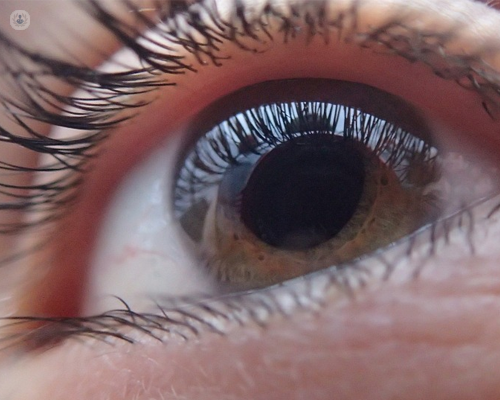Restore vision with cataract surgery
Written by:The human eye needs a lens so that images can be viewed from the outside. One of those is the crystalline lens and is within the eye behind the iris, which is the part that defines the color. When these lenses are "dirty" when they become opaque, we can not see objects and then say that this lens has made a cataract.

More prone to cataract patients
Certain patients, such as myopic, diabetics, those taking excessive corticosteroids or those who have suffered some type of trauma or blow to the eye, are more easily to develop cataracts and, in fact, in these cases appear before.
Relationship between cataracts and age
Cataracts not only come with age, but it is true that the most common in the population are called senile cataracts. It is cataracts appear in older people, usually "nuclear", ie, Niagara center of the lens, which appear slowly and although ultimately end up removing view, the first symptoms are usually more related to alterations sensitivity to light, increased night flashes, nonspecific complaints ...
Diagnosis and treatment of cataracts
The diagnosis of cataracts is done, most of the time, in the ophthalmologists. That is, more often is that a person who has lost vision and think that should be changed glasses and, when viewed by the medical expert in ophthalmology , with simple tests to determine what is really a waterfall. Of course then often they required more specific to determine the exact problem and the possibilities of solving tests.
It is true that many treatments have been tried throughout history, but really the only effective treatment is cataract surgery.
Usually a relatively quick surgery is done under local anesthesia in which the patient is walking to the office and goes in the same way home.
However, the most surprising and truly interesting is that, while you can treat cataract, the ophthalmologist can restore vision to the patient and even improve it, to be able to use to remove the dependence on glasses. Currently the use of ultrasound, lasers, trifocals, among other methods, produces results that until recently seemed impossible.
Results of cataract surgery
As mentioned, the results of cataract surgery are more than favorable. Being able to work with high-tech incisions just 2mm, lenses that are deployed within the eye itself, all that makes a cataract, rather than a problem, go sometimes be an opportunity, a way to get benefits visual thanks to advances in technology.



